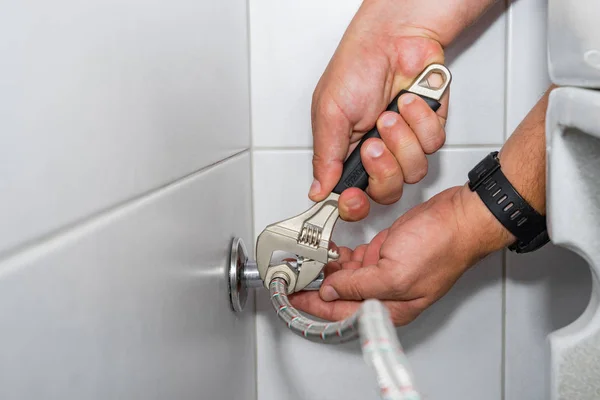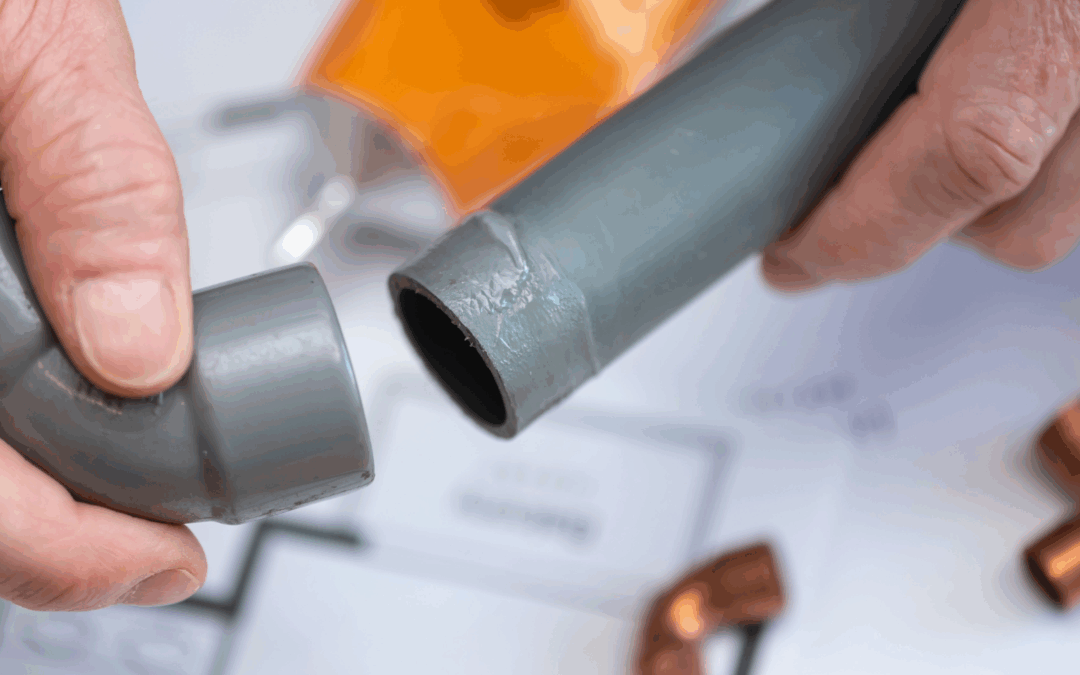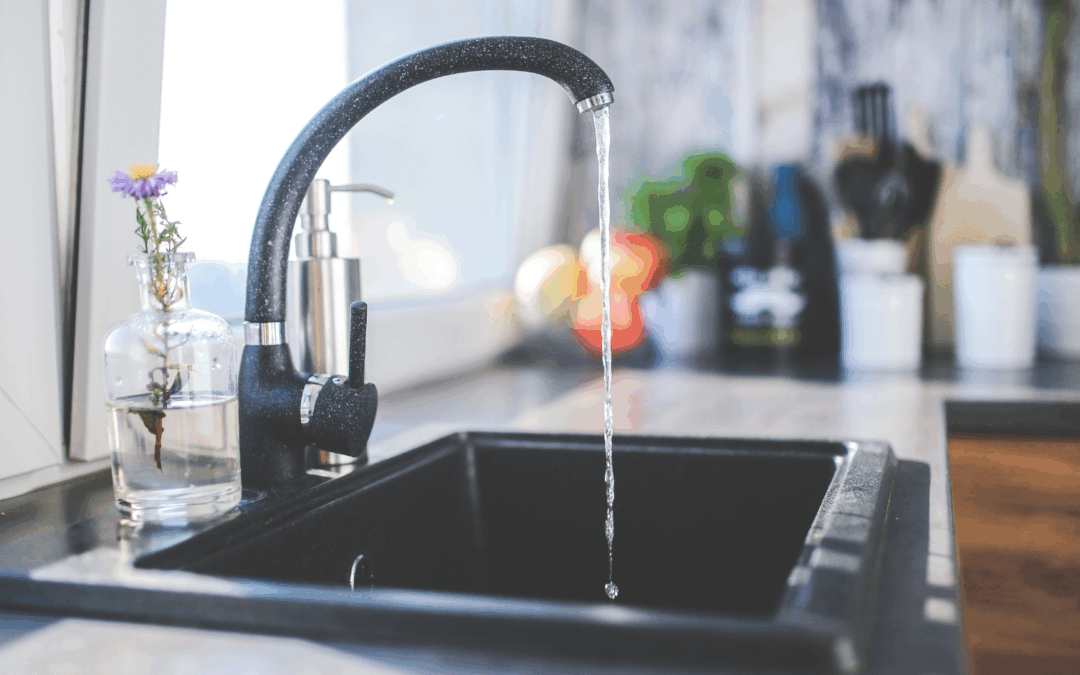Whether you’re upgrading your bathroom or replacing an old, leaky toilet, proper toilet installation can make all the difference in functionality and cost efficiency. This guide will walk you through everything from choosing the right toilet for your space to installing it correctly for lasting performance. Whether you’re a homeowner attempting a DIY project, a contractor working on a remodel, or a licensed plumber looking for tips, this comprehensive guide has got you covered.
Installing a toilet may seem like a straightforward task, but various factors, such as toilet type, plumbing conditions, and labor costs, can impact the project. You’ll also learn how to save money, prevent leaks, and explore options for water conservation.

Schedule Service Online
Get a free estimate so you know what you're signing up for
"*" indicates required fields
For Emergency Services Call: 410-255-9300
Why Proper Toilet Installation Matters
Benefits of a Correctly Installed Toilet
Proper toilet installation is crucial not only for functionality but also for long-term safety, efficiency, and overall satisfaction. Below are the key reasons and benefits of ensuring a professional and thorough installation process:
1. Prevents Leaks and Water Damage
A poorly installed toilet can lead to leaks that damage your flooring, walls, and cabinets over time. Ensuring a proper seal and correct placement helps prevent these costly issues, saving you from expensive repairs in the future.
2. Ensures Efficient Water Usage
Modern toilets are designed to use water efficiently, but improper installation can compromise their performance. By installing the toilet correctly, you ensure optimal flushing power and water conservation, reducing your utility bills.
3. Improves Hygiene and Cleanliness
An improperly installed toilet can result in odors, water pooling, or even bacteria buildup due to leakage. Installing it correctly minimizes these risks, leading to a cleaner and more hygienic bathroom environment for your household.
4. Enhances Durability and Longevity
A well-installed toilet is more likely to last for years without major issues. Proper alignment, secure connections, and the right materials ensure the toilet performs well over time without wear and tear from instability or leaks.
5. Boosts Bathroom Aesthetics
Correct installation ensures that your toilet looks neat and well-integrated into your bathroom’s design. A misaligned or poorly fitted toilet can disrupt the visual harmony of your bathroom, whereas a flawless installation complements your space.
6. Complies with Building Codes and Standards
Ensuring proper installation means adhering to local building codes and standards, which is essential for safety. This can be particularly important when selling your home, as non-compliant installations might require costly corrections later.
By taking the time to install your toilet properly or hiring a professional, you’ll enjoy these benefits and gain peace of mind knowing your bathroom is functioning efficiently and safely.
Whether you’re replacing an existing toilet or remodeling with new bathroom features, following the correct installation process is essential.
Types of Toilets to Consider for Installation
Before beginning the installation process, you’ll need to choose the best toilet for your space. With a wide selection of models available, understanding the various types can help you make an informed decision.
1. Standard Toilets
These are the most common toilets found in homes and are easy to install with separate tank-and-bowl assemblies.
2. Wall-Mounted Toilets
Wall-mounted toilets save floor space and create a modern, streamlined look. However, they require more complex installation, including additional labor for mounting the tank inside the wall.
3. Bidet and Dual-Flush Toilets
Bidets and dual-flush toilets are becoming increasingly popular due to their water efficiency. Dual-flush models allow you to choose between a lower or higher water volume per flush, contributing to water conservation.
How Much Does Toilet Installation Cost?
Toilet installation costs can vary widely based on factors such as toilet type, location, and additional labor required. Here’s a breakdown of what to expect:
- Basic Toilet Installation (for standard models): $150–$400
- Wall-Mounted Toilets (more complex): $500–$1,000
- Additional Features (e.g., bidets or dual-flush systems): $100–$500
- Licensed Plumber Labor Costs (varies by region/franchise): $45–$200/hour
A simple toilet replacement may cost less if the existing plumbing and flange are in good condition. However, remodeling projects or upgrading to a premium model may incur higher costs due to extended labor and materials.
Step-By-Step Toilet Installation Process
Tools and Materials You’ll Need:
- New toilet (bowl and tank)
- Wax ring or rubber gasket
- Closet bolts and a wrench
- Putty knife
- Level
- Flange (if replacing or repairing)
- Sealant for the toilet base
- Screwdriver and tape measure
Step 1: Remove the Old Toilet
- Turn Off the Water Supply: Locate the water shut-off valve near the toilet base and turn it off. Flush the old toilet to remove any remaining water, then use a sponge or bucket to mop up excess water from the toilet bowl.
- Loosen Bolts: Use a wrench to unscrew the closet bolts securing the toilet to the floor.
- Lift and Remove: Carefully remove the old toilet by gently lifting it away from the flange. Be cautious of water remaining in the bowl or tank.
Step 2: Inspect and Prepare the Flange
- Clean the Area: Scrape off any remaining wax from the flange using a putty knife.
- Check for Damage: Inspect the flange for cracks or wear. Replace it if necessary to ensure a proper seal.
Step 3: Install the New Wax Ring or Rubber Gasket
Place a new wax ring or rubber gasket on the flange, ensuring a secure and watertight fit. This step is crucial for preventing leaks.
Step 4: Position the New Toilet
- Lower the Bowl: Align the bowl of your new toilet over the flange, carefully guiding the closet bolts into their respective holes.
- Gently Press Down: Once aligned, apply even pressure to the bowl to compress the wax ring and secure the seal. Use a level to ensure the bowl is evenly placed on the bathroom floor.
Step 5: Secure the Bolts and Attach the Tank
- Tighten Closet Bolts: Secure the toilet bowl to the floor using the closet toilet bolts, but avoid over-tightening to prevent cracking the base.
- Install the Tank: Attach the tank to the bowl using the provided bolts. Ensure all connections are tightened correctly.
Step 6: Connect the Water Supply and Test
- Reconnect the Water Supply: Attach the supply line to the fill valve on the tank. Slowly turn the water supply back on and watch for leaks.
- Test the Flush: Flush the toilet a few times to ensure everything is functioning correctly and check for leaks around the base, tank, or connections.
Additional Considerations
- Wall-Mounted Toilets: If you’ve chosen a wall-mounted toilet, you’ll need to follow specific instructions to mount the tank inside the wall and verify the structural support.
- Preventing Leaks: Apply a bead of caulk around the toilet base to create a waterproof seal.
How to Save Money on Toilet Installation
- DIY vs. Hiring a Plumber
For straightforward toilet replacements, a DIY approach can save on labor costs. However, complex installations or repairs to existing plumbing may require a licensed plumber.
- Water Efficiency Models
Invest in water-efficient toilets like low-flow or dual-flush models. While the initial cost may be higher, they help save money on water bills over time.
- Reuse and Recycle
If the existing tank or bowl is in good condition, consider reusing some parts to reduce materials costs.
Tips for Maintaining Your Newly Installed Toilet
Once your toilet is properly installed, proper maintenance is key to extending its lifespan and keeping your bathroom in top shape:
- Regular Cleaning: Use non-abrasive cleaners to prevent scratches and buildup on the toilet bowl and tank.
- Check for Leaks: Periodically inspect the base, connections, and bolts for signs of water leakage.
- Flush Wisely: Avoid flushing anything other than toilet paper to prevent clogs in the pipes and drain opening.
Common Toilet Installation Mistakes
Even with the best intentions, mistakes during toilet installation can lead to costly repairs and inefficiencies over time. Here are some of the most common errors to avoid:
- Incorrect Wax Ring Placement: Failing to position the wax ring properly can result in leaks at the base of the toilet. This not only damages your flooring but can also lead to unpleasant odors and mold growth over time.
- Over-Tightening Bolts: While secure installation is crucial, over-tightening the bolts that hold the toilet in place can crack the porcelain. This weakens the toilet’s structure, potentially necessitating a full replacement.
- Failing to Level the Toilet: A toilet that is installed on an uneven surface or without proper leveling can rock back and forth, leading to instability and wear over time. This also compromises the tight seal at the base.
- Improper Connection to the Water Supply: An improperly fitted water supply line can result in leaks or inadequate water flow, reducing the toilet’s overall functionality and efficiency.
- Neglecting to Check for Obstructions: Installing a toilet without ensuring the drain pipe is clear of debris can cause clogs and immediate plumbing issues, which may require disassembly and reinstallation to fix.
Avoiding these common mistakes by taking proper precautions or hiring a professional can save time, reduce stress, and ensure your toilet functions optimally for years to come.
Contact MD Sewer and Plumbing for a seamless toilet installation today!
Upgrade Your Bathroom with Confidence
Toilet installation doesn’t have to be an intimidating project. Armed with this guide, you’re now ready to install or replace a toilet with ease, whether it’s a basic swap or part of a larger bathroom remodel.
For more intricate plumbing jobs or custom bathroom projects, consider hiring a licensed plumber to ensure everything is installed correctly and efficiently. With the right tools, knowledge, and care, you can enjoy a leak-free, efficient, and stylish bathroom that meets your needs.




